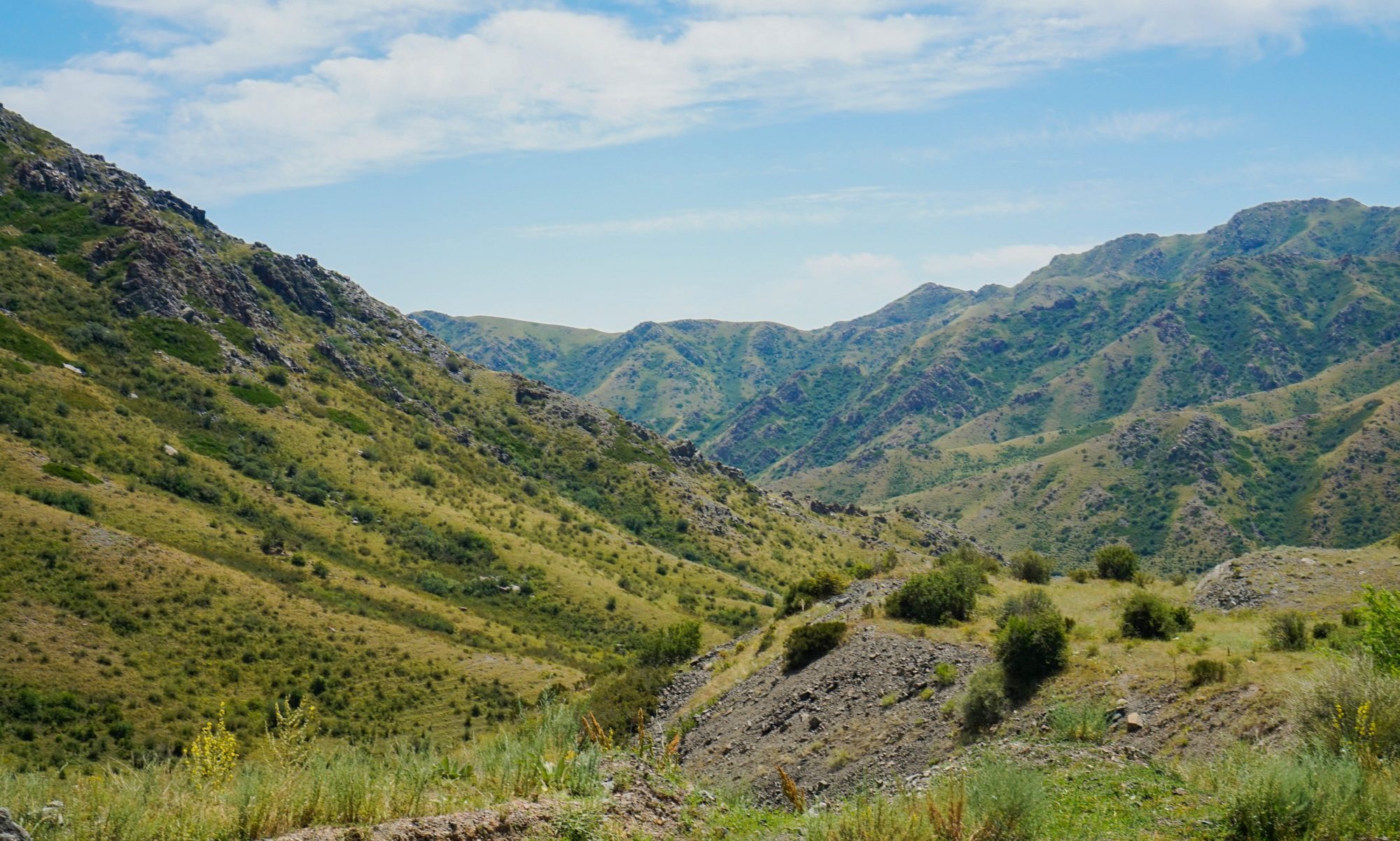In the center of Piatra Neamț can be found an ensemble that is without peer throughout Romanian Moldova. Presently constituting a park, the area houses the ruins of a medieval princely court (rom: Curtea Domnească) dating back to the 14th century. It houses a church, built in the traditional Moldovan style, cellars, the remnants of some walls, as well as an impressive clocktower. The architectural detail in the complex is breathtaking, the Moldovan style being a melange of Gothic and Byzantine influences. Alongside the park, there are also other buildings housing Piatra’s prehistoric history (Cucuteni culture) as well as an art gallery.
The tower in particular, stands at a height of 60 feet and its construction is attributed to the Stefan III the Great of Moldova. Serving as a defensive structure with a commanding view over the Bistrița river valley and the passes into the Carpathians, it has survived remarkably intact since its initial construction in the year 1499, with photographs from the nineteenth century attesting to this. It stands as a symbol of the city of Piatra, and even holds a place of honor on the city’s coat of arms.

Visiting the complex provides an opportunity to descend into the world of medieval Moldova, as artifacts are kept there. There were other princely courts of greater importance, but considering the example of Suceava, they are largely ruins. Access is achieved through a metal external stair that leads to an elevated door.

The “ground floor” offers an exhibition of the tower’s evolution throughout the centuries – largely in regards to the bell room itself, where there are four bells. The largest was constructed during the seventeenth century, there is second bell which dates from the nineteenth century, and there are two others from the late twentieth century – constructed by the artisan Damian of Târgu Neamț. They can be reached at the top floor via a winding internal stair.
Due to its height, and the stone nature of the structure, the tower’s interior is cool and makes for a pleasant respite from hot summer days. There are other objects to be seen within the tower – largely religious books written in Slavonic and in Romanian.

The tower is the chief element that makes up Piatra’s princely court, but the rest of the complex is also worth visiting. Some parties are still being unearthed and research due to recent construction works. I have even heard of the existence of underground cellars with ancient and secret tunnels that reach all the way to Neamț Fortress, nearly 30 miles away…
[masterslider id=”5″]

